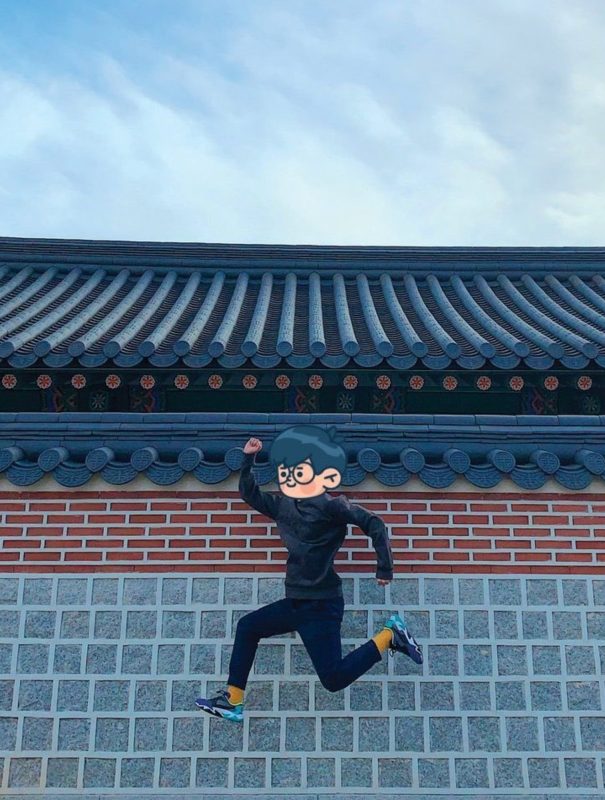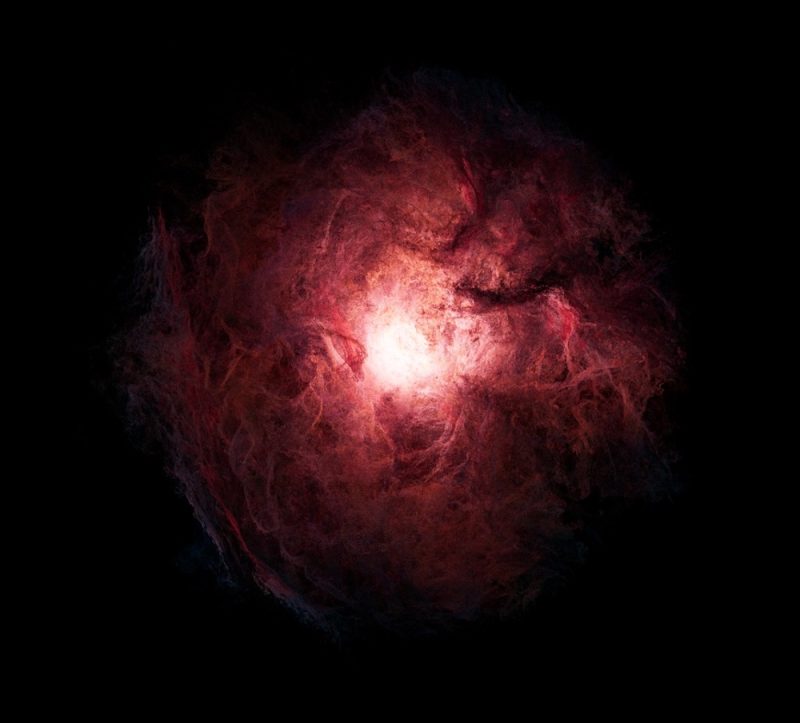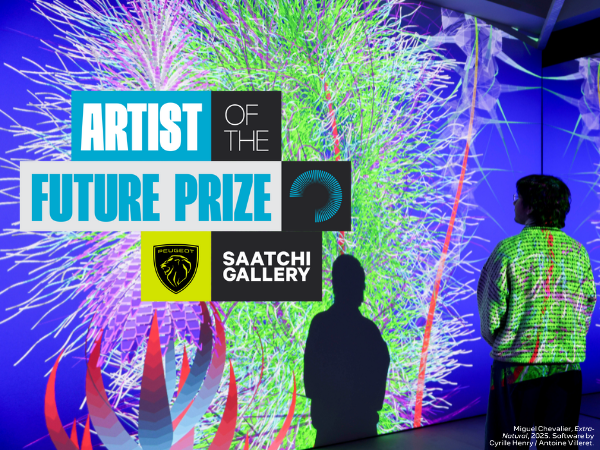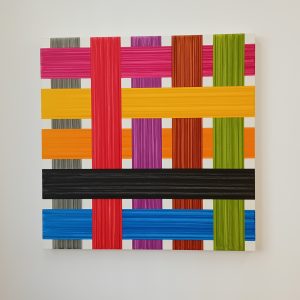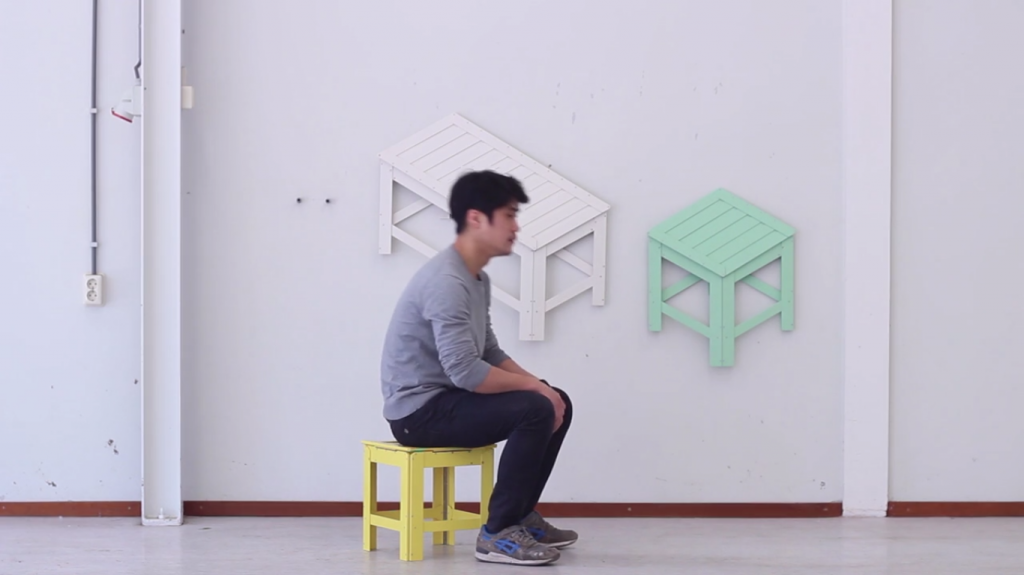
Artists are constantly exploring new mediums to create with, and as technology continues to develop, art follows a similar trajectory of seemingly infinite possibility. Upon the conception of 3D printers, artists were gifted with a brand new canvas that welcomed experimentation and status-quo-defying ingenuity. With the ability to explore uncharted printing materials, artistic minds swelled with never-before-scene concepts set to make tidal waves in the art community.
When 3D printing began, strings of plastic called filaments were the primary material used to create printed shapes. Now, you can create anything you want with a variety of raw materials.
For example, artists can use a resin 3D printer to create pieces with exceptionally fine detail. Meanwhile, nylon 3D printers create highly durable, high-impact works. Regardless of the material or type of printer, artists are constantly innovating.
Here are just a few ways artists are using 3D printing today to create incredible pieces of art.
Realistic visualizations
Before sculptors begin work on their actual piece, they’ll often create a model or more miniature replicas to visualize what the finished product will look like. With 3D printing, models can be more detailed than ever.
With these replicas at their disposal, artists gain a better idea of what they’re working on, and they can make aesthetic alterations before they begin their work. For digital artists, 3D printing also opens multiple windows of opportunity. Intricate designs that previously only had a home on their computers or tablets can be quickly brought to life.
Famous reproductions
The commercial art world makes much of its money off of selling reproductions of famous works of art. Not everyone can afford to spend millions on a Monet or Picasso, and there are only so many to go around, so well-known pieces are reproduced as digital copies and sold.
Unfortunately, prints of art don’t convey depth and technique as effectively as the original. Fortunately, with 3D printing in the picture, paintings can be reproduced down to the brushstroke in a way that brings the piece of art to life. Not only does this add value to reproductions, but it also grants aspiring artists the opportunity to see art techniques firsthand.
Music and art
3D printing isn’t just limited to the visual art world. Many artists are interested in music, as well as painting and sculpture. Fortunately, two interests can merge seamlessly with 3D printing. For example, French artist Gilles Azzaro created art pieces that strove to capture a sound and make it permanent.
Azzaro plucks recordings of sound waves and prints them out, allowing a newborn baby’s cries or Barack Obama’s State of the Union Address to be memorialized in a physical format. Additionally, 3D printing has made instruments and tools more accessible to musicians worldwide. From electric guitars to even saxophones, 3D printing has made it possible to create customized and easily accessible instruments for any artistic visionary.
Bringing photography to life
If you’ve ever wished a photograph could go beyond a simple, 2D image, 3D printing can help. 3D printing can make your pictures pop, raise images off of your photo’s surface, and provide a whole new artistic experience when viewing. From family photos to a natural landscape, 3D printing is changing how the photography industry displays and honors the timelessness of the photograph.
Theatre design
The theatre industry benefits greatly from the advent of 3D printing. From building detailed model sets to creating props and intricate costume pieces in a matter of hours, there’s no shortage of ways 3D printing can make its big debut in a theatrical production.
In Rome, set designers at the Opera Theatre chose to build entire, life-sized sets for their production of “Fra Diavolo.” 3-D printing has proven to be a cost-efficient and time-efficient way of constructing theatre backdrops that would typically involve hours of back-breaking labor.
The bottom line
Because a stifled imagination is the only force that can limit artists, 3D printing is helping nurture these artist’s thoughts seeds so that they can bloom into full-blown masterpieces. As technology evolves, so will art, and people will continue to create out of any fresh challenge or tool.
